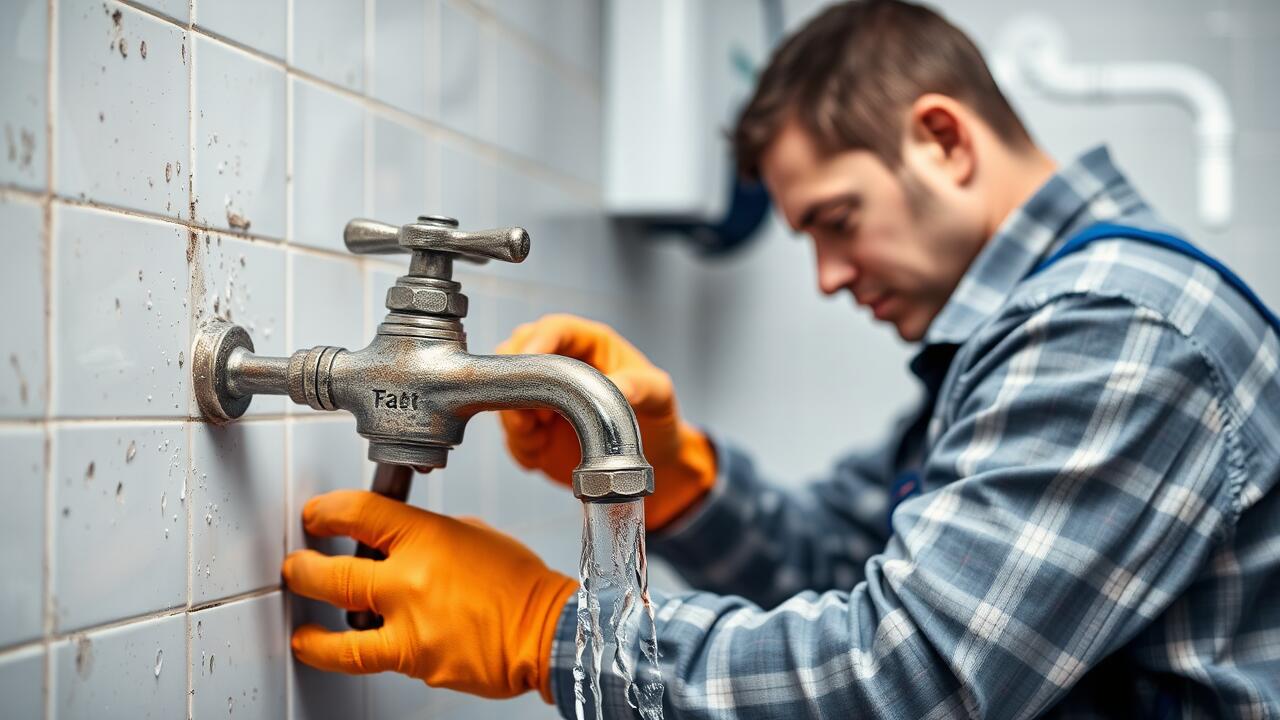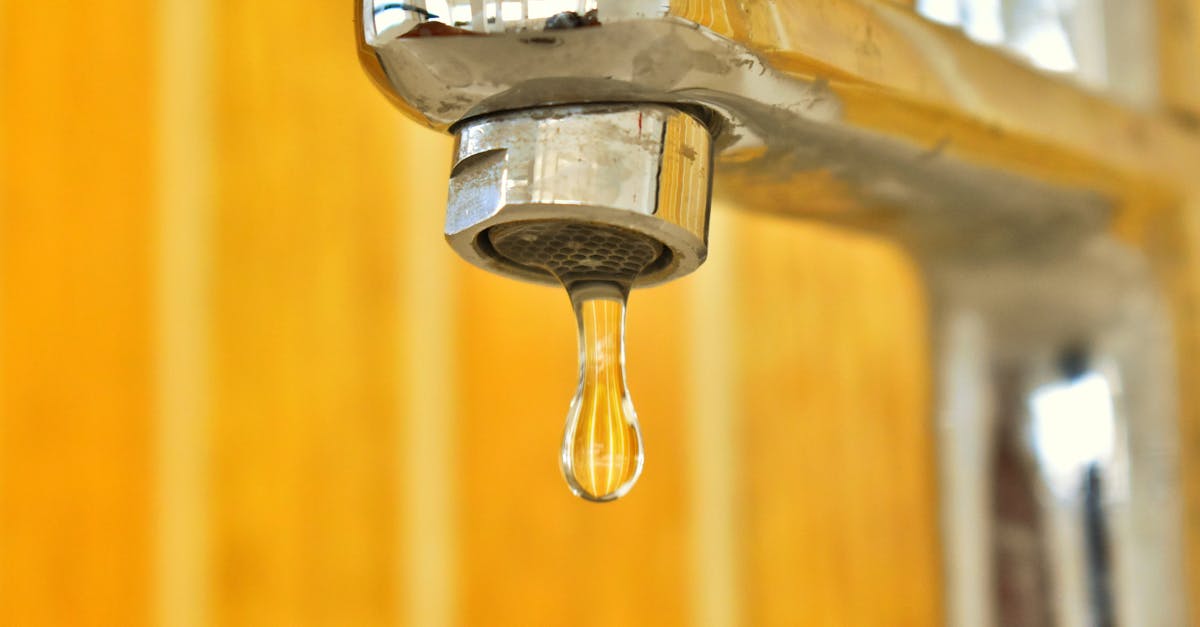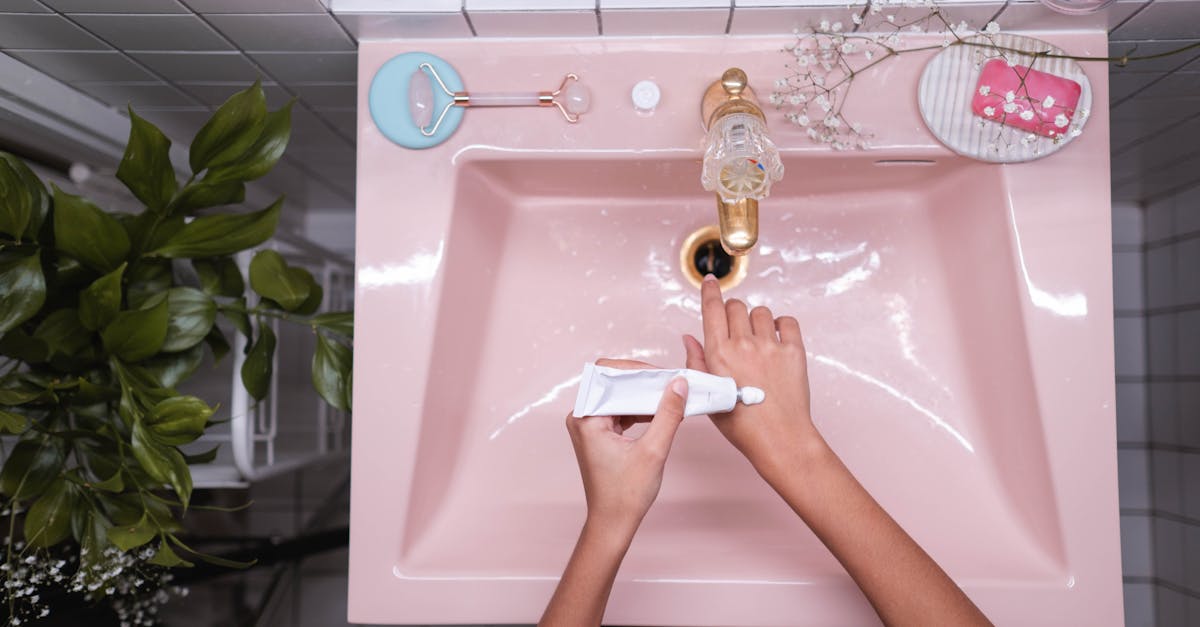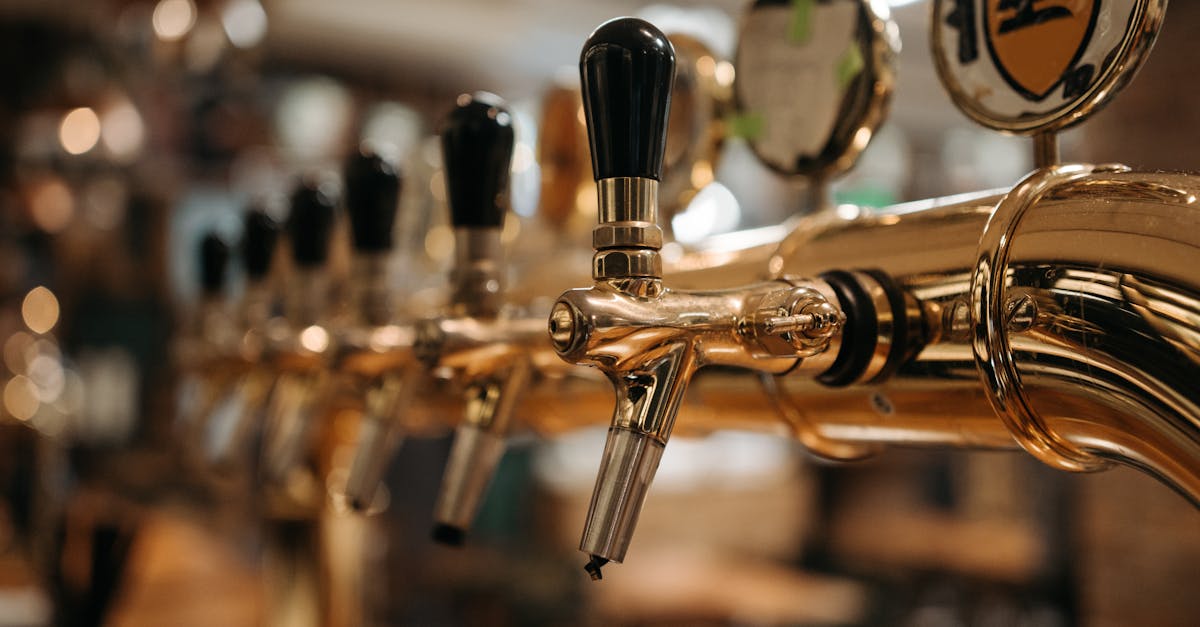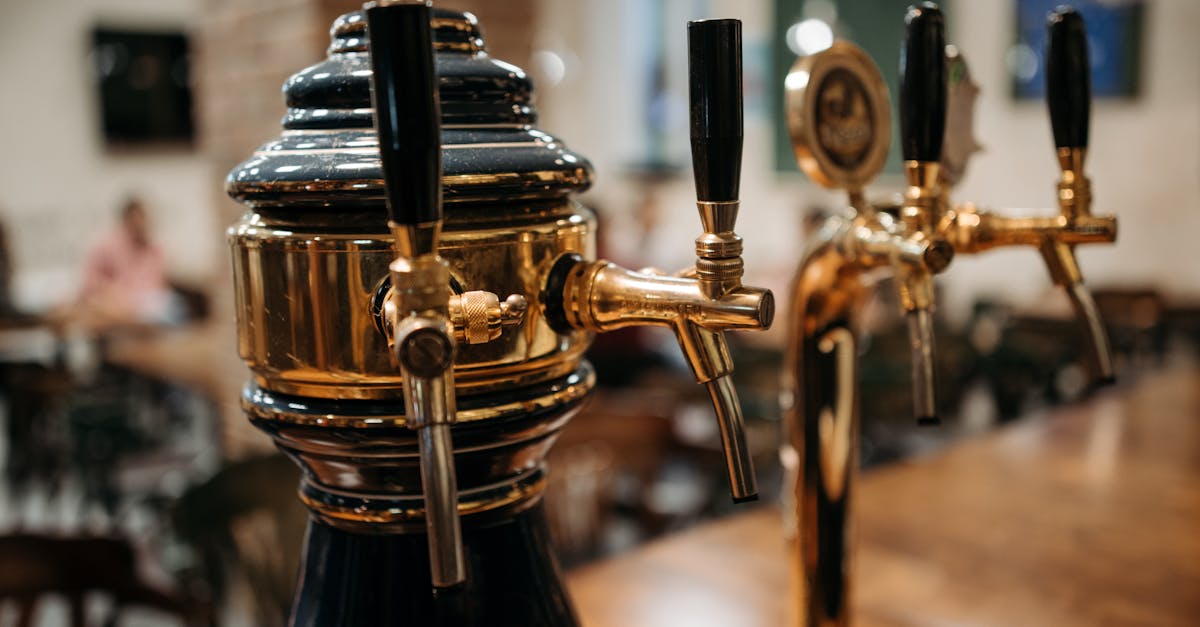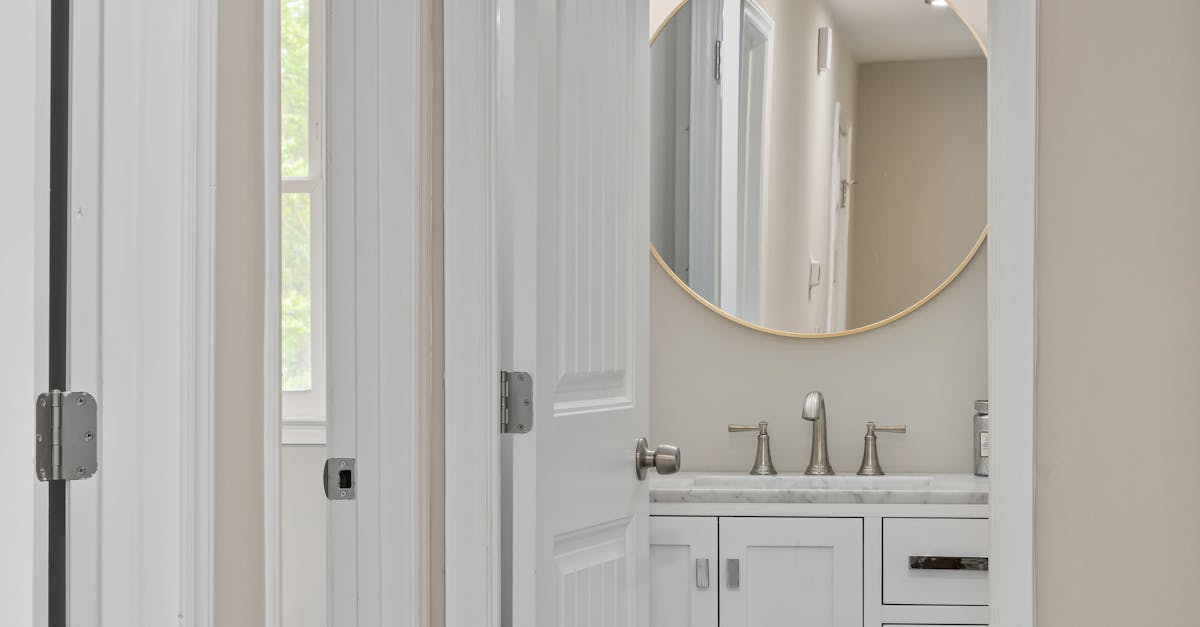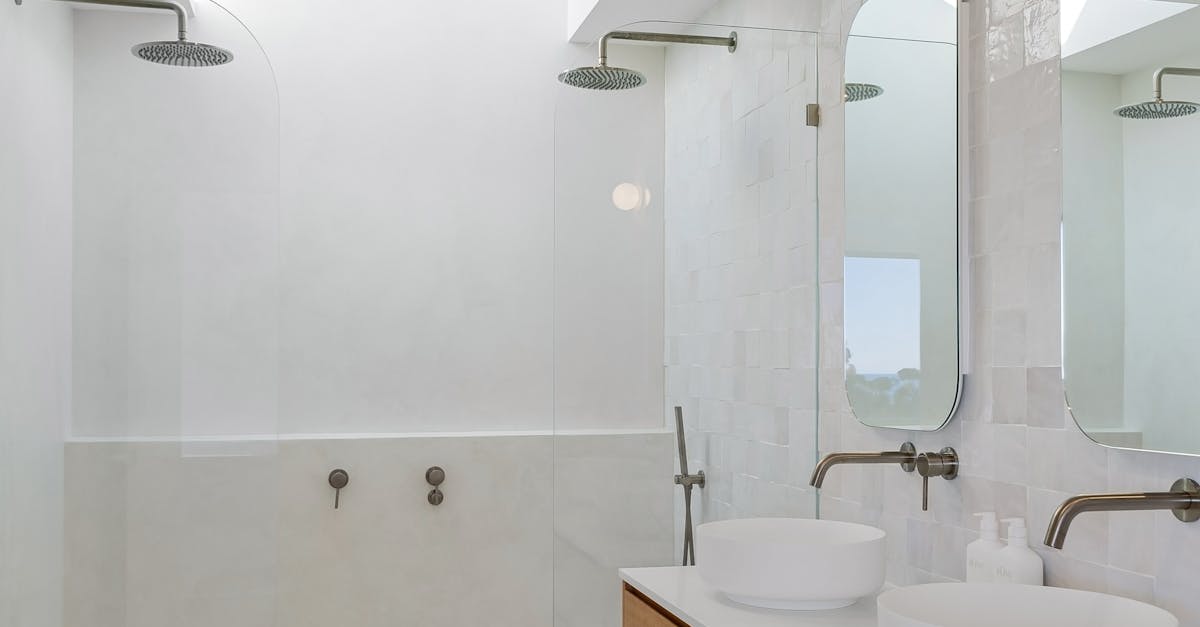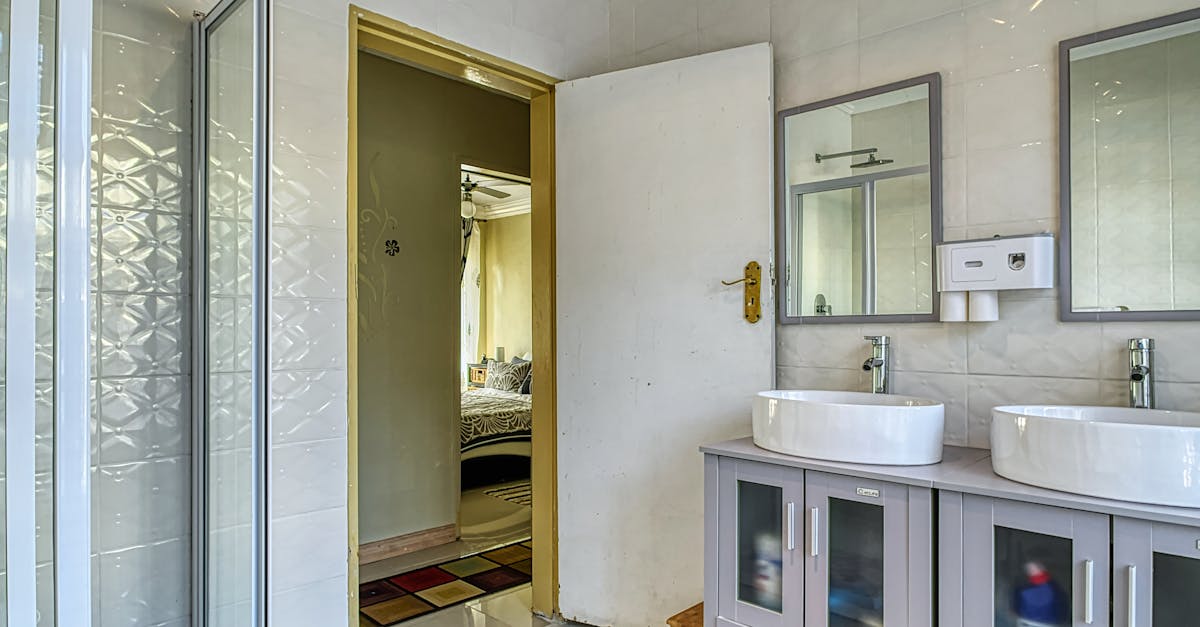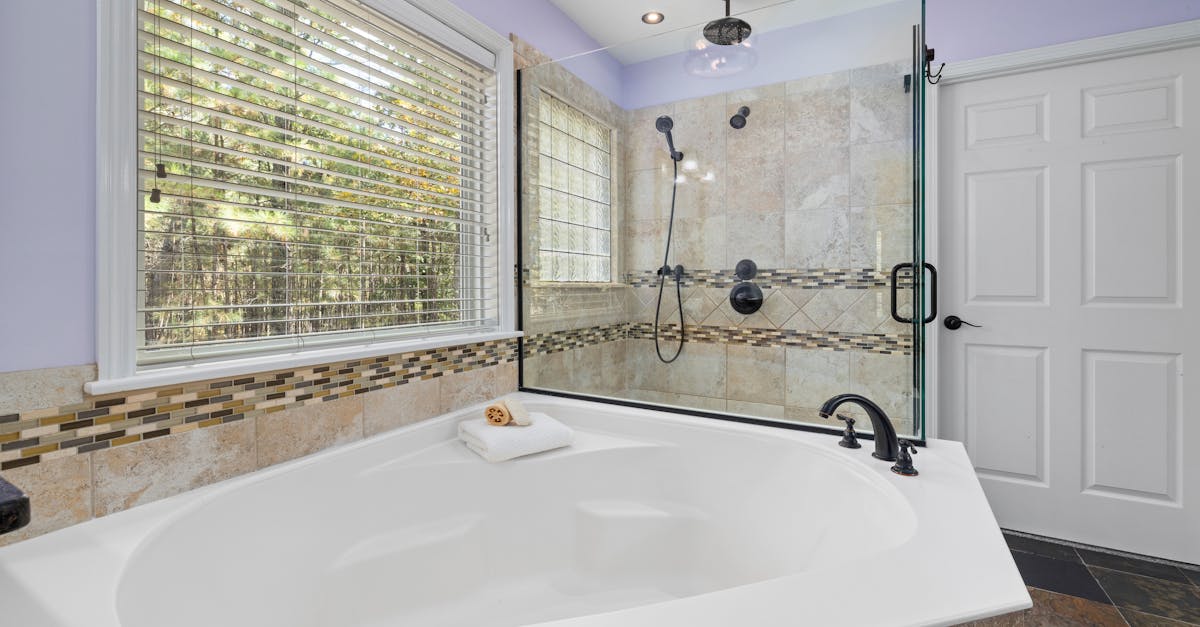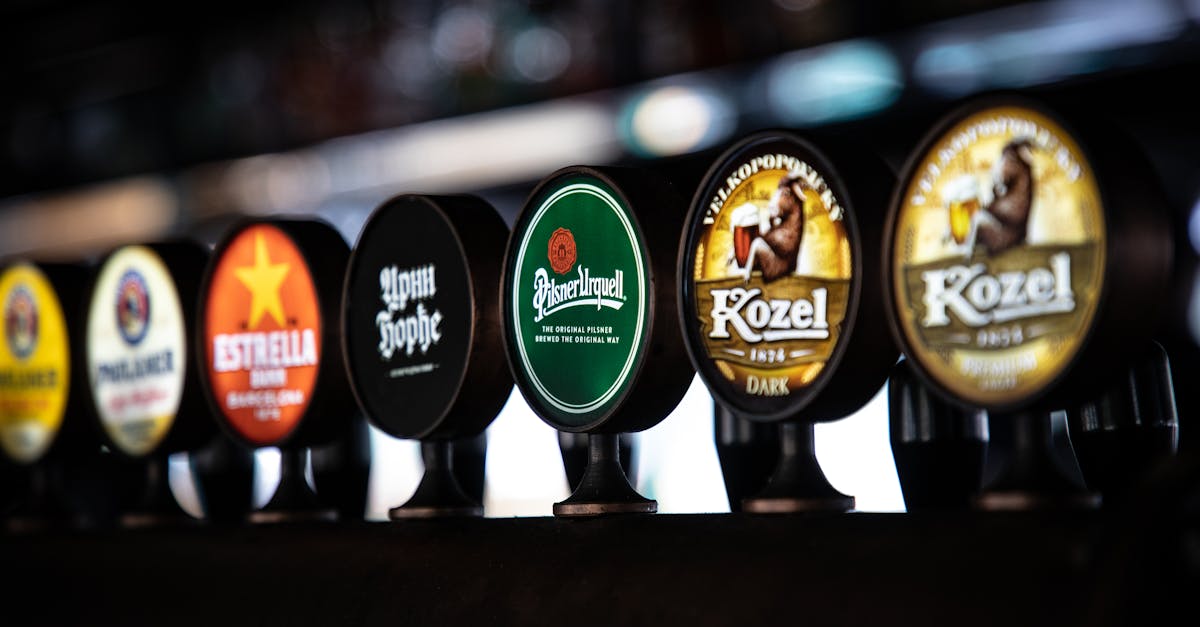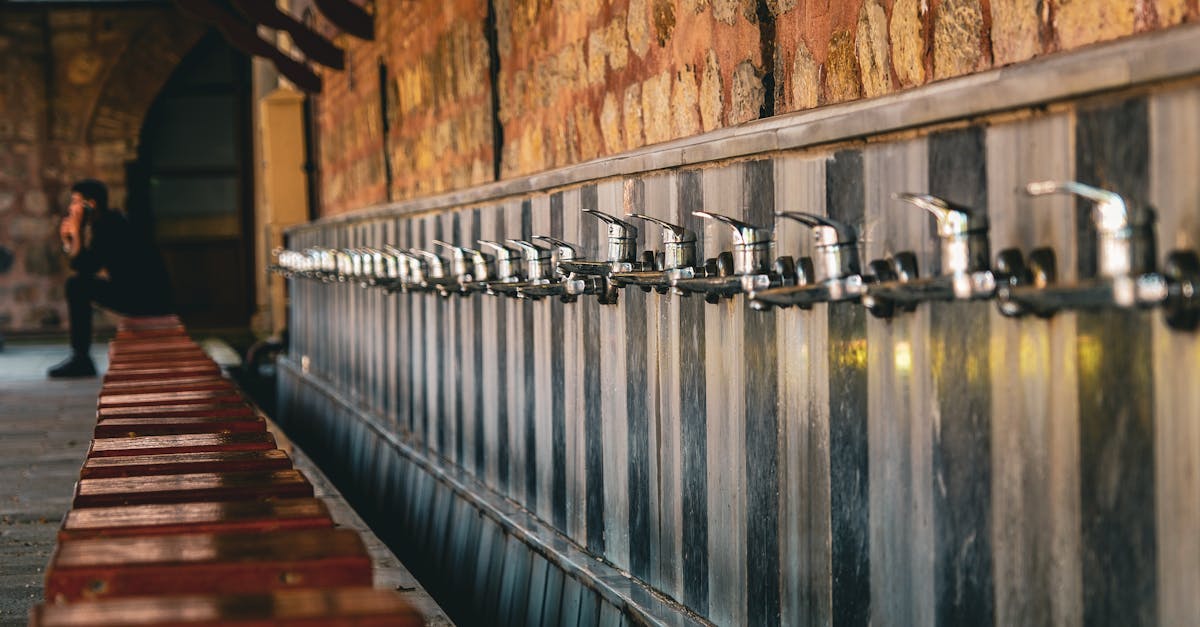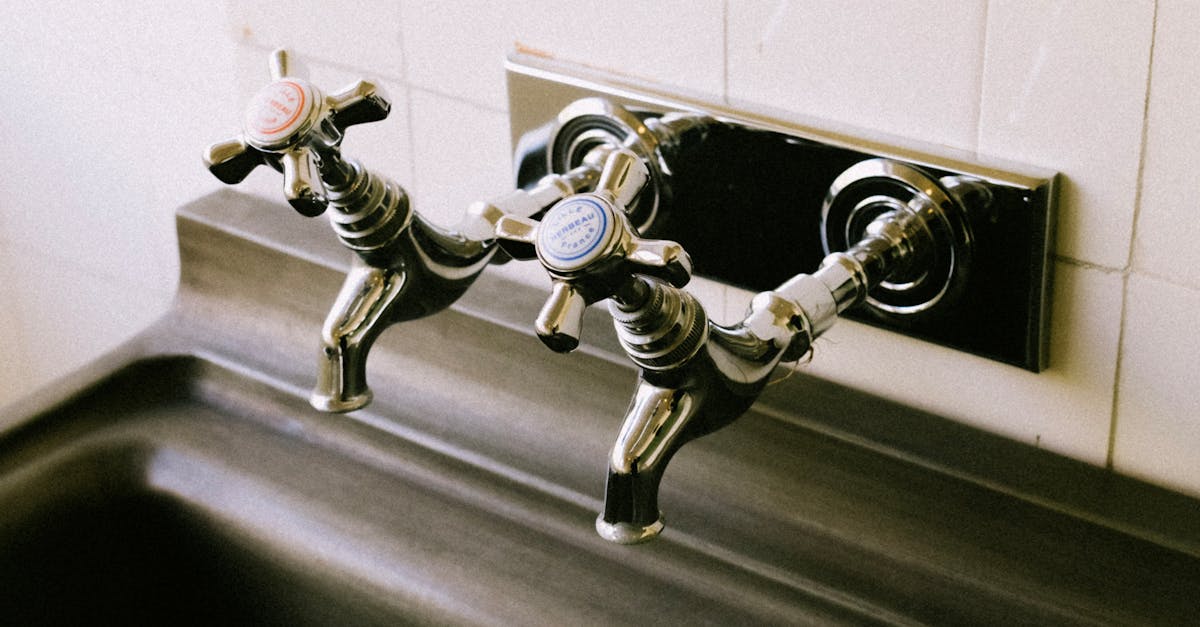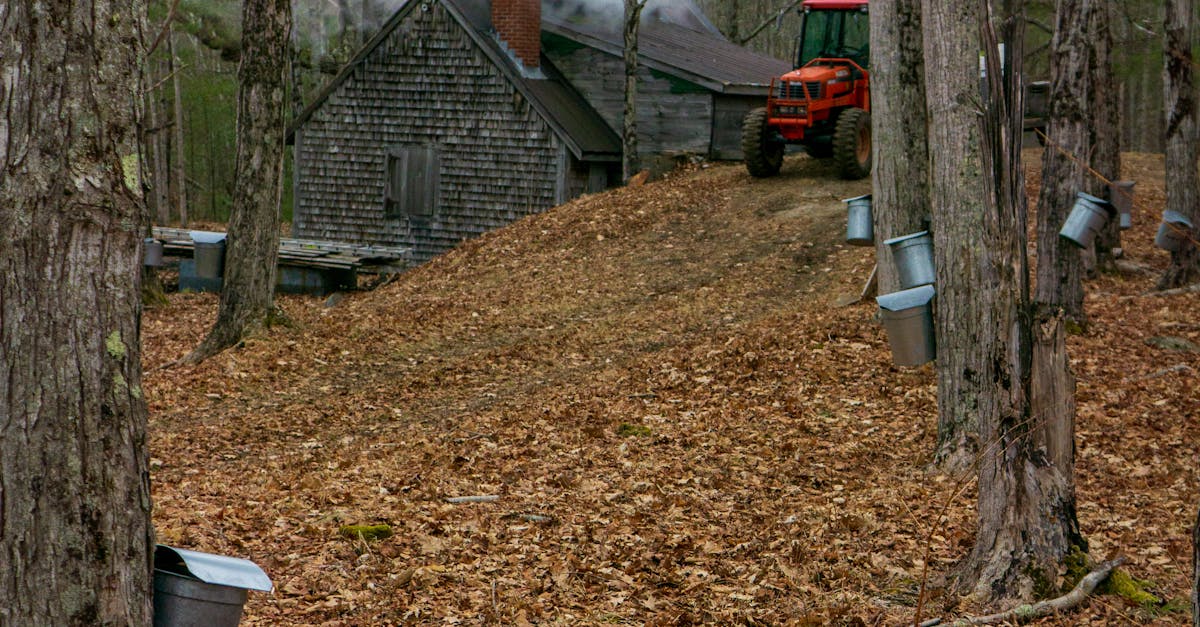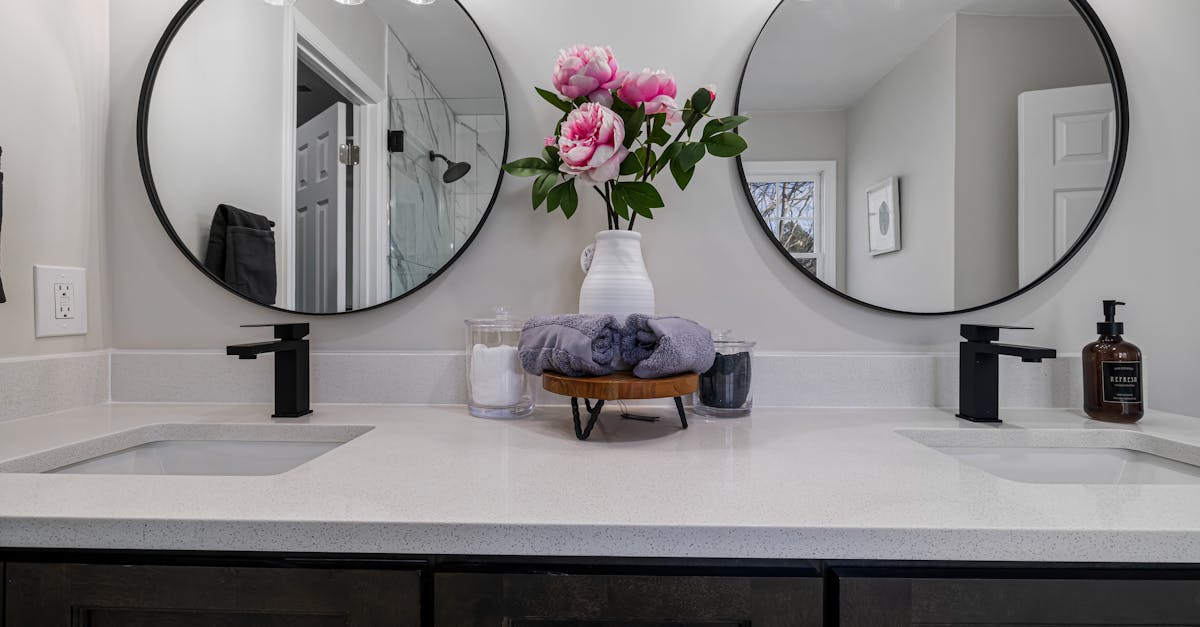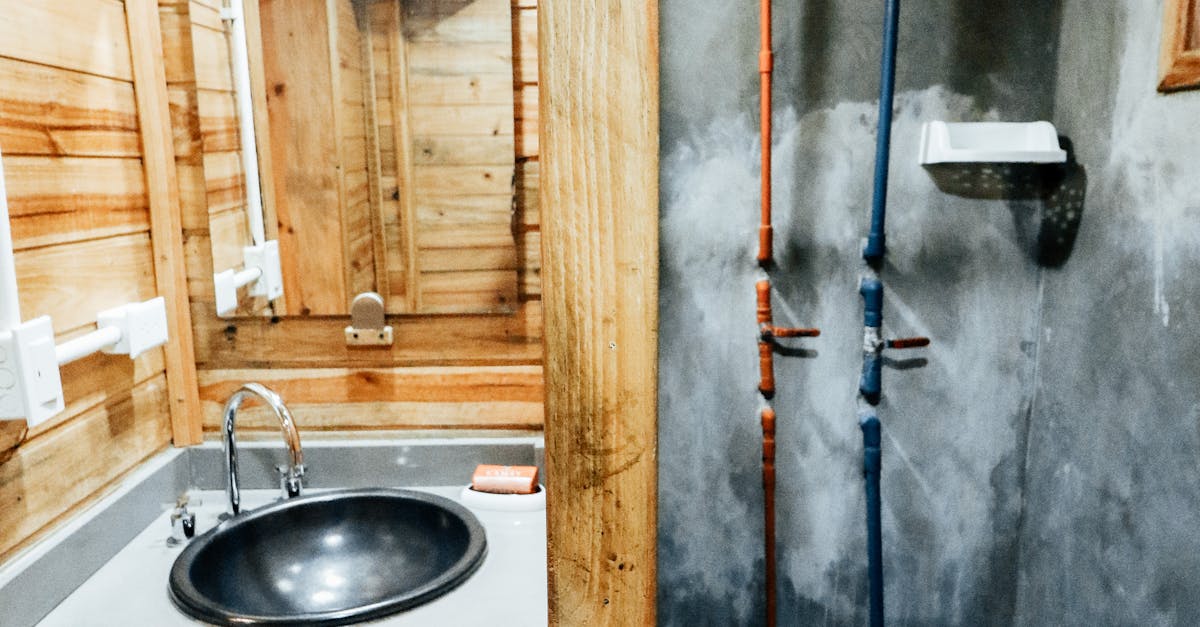
Table Of Contents
Water Pressure Issues
Water pressure issues can significantly impact the performance of taps, leading to persistent leaks. High water pressure often causes excessive strain on tap components, which may result in a failure to seal properly. Leaking taps can be a common symptom of this problem as the increased force of water forces its way through even the smallest of gaps in the fittings.
Conversely, low water pressure can also contribute to tap problems but in a different manner. Insufficient pressure may not provide a strong enough stream for the tap to operate effectively, prompting users to apply more force. This can exacerbate wear and tear on washers and seals, increasing the likelihood of leaking taps down the line. Monitoring and regulating water pressure is essential to maintaining optimal tap function.
How High Pressure Affects Tap Performance
Water pressure can significantly impact tap performance. High pressure leads to excessive force on the components within the tap, which can cause wear and tear over time. This increased stress often results in leaking taps, as seals and washers may become dislodged or damaged under constant high pressure. Such wear can create gaps that allow water to escape, thus contributing to the ongoing drip even after reseating efforts.
In addition to causing leaks, high water pressure can affect the flow rate and functionality of taps. When the pressure is too intense, it can create turbulence in the plumbing system, leading to inconsistent water flow. This inconsistency could exacerbate the problem, making it feel as though reseating the tap has been ineffective. Addressing water pressure issues may be essential for ensuring that taps function correctly and do not leak after maintenance.
Temperature Fluctuations and Tap Function
Temperature fluctuations can significantly affect the functionality of taps. Frequent changes in temperature may cause the materials used in tap construction to expand and contract. This movement can lead to poor seals or misalignment, resulting in leaking taps that continue to drip despite reseating. The impact of hot water is particularly pronounced since many tap components are made from rubber or plastic, which can degrade more quickly when exposed to heat.
In addition to causing leaks, temperature variations can also contribute to the wear and tear of internal parts such as washers and O-rings. Over time, these components may lose their elasticity, leading to further issues with leakage. Homeowners should be aware that inconsistent water temperatures can not only affect the immediate performance of their taps but may lead to more significant problems if not addressed, including persistent dripping that requires further repairs.
The Effects of Hot Water on Tap Components
Hot water can significantly impact the longevity and functionality of tap components. High temperatures can cause rubber seals and washers to deteriorate more rapidly, leading to leaks. Over time, these wear and tear issues can result in a situation where leaking taps become a common frustration in the household. Inadequate sealing not only causes a constant drip but can also escalate water bills, making maintenance even more essential.
Additionally, the expansion and contraction of materials caused by temperature fluctuations can create gaps in tap fittings. This movement affects the integrity of the tap, often resulting in misalignment or looseness. If components are not properly secured or are compromised due to heat exposure, it is likely for leaking taps to occur. Regular inspection and upkeep may help alleviate these problems, ensuring that taps function effectively regardless of water temperature.
Tools Required for Effective Tap Repair
When tackling the issue of leaking taps, having the right tools on hand can significantly streamline the repair process. Essential items include a basin wrench for accessing tight spaces, a flat-head and Phillips screwdriver for loosening and tightening screws, and pliers for gripping components. A plumber’s tape is also useful for ensuring a watertight seal when reassembling the tap. Having a cloth or bucket nearby allows for easy cleanup of any water that may escape during the repair.
Additionally, investing in a replacement kit that matches your tap model can save time and simplify the reseating process. Depending on the tap type, you may need O-rings, washers, or cartridges, so always check for compatibility before starting. A good quality torque wrench can also help in securing fittings without risking damage to the tap's components. With these tools at your disposal, addressing leaking taps becomes a more manageable task.
Essential Tools for Reseating and Maintenance
When tackling leaking taps, having the right tools on hand can significantly simplify the reseating process. Essential items include a basin wrench, which allows for tight spaces often found beneath sinks. A flathead and Phillips screwdriver are crucial as well, as they help in removing various screws without damaging the components. Additionally, a set of pliers proves useful for gripping and turning stubborn parts that may be corroded or stuck.
Alongside these primary tools, a replacement washer kit is important for effective tap repair. Washers often wear down over time, leading to leaks. A flexible wrench can also be beneficial for tightening connections securely. Having a towel or rag handy will help manage any excess water during disassembly and reassembly. These tools collectively enhance your ability to address the issue of leaking taps with greater confidence and efficiency.
FAQS
What are the common causes of a tap still dripping after reseating?
Common causes include improper seating of the washer, excessive water pressure, worn-out components, or temperature fluctuations affecting the tap's seals.
How can I check if my water pressure is too high?
You can check your water pressure using a pressure gauge attached to an outdoor tap or consult a plumber to measure it.
What should I do if temperature fluctuations are affecting my tap?
Ensure that your hot water system is functioning properly and that there are no issues with the plumbing that could lead to temperature changes.
What tools do I need for reseating a tap?
Essential tools include a wrench, screwdrivers, pliers, a tap reseating tool, and replacement washers or other components as needed.
Is it necessary to call a plumber if my tap is still dripping?
If you have tried reseating the tap and it continues to drip, it may be wise to consult a plumber for a professional assessment and repair.
